I. INTRODUCTION
With the advent of the Internet of Things (IoT) and embedded systems, smart home automation has become increasingly popular. Security and energy efficiency are two major pillars of modern smart home systems. This project combines an IR sensor and a fingerprint sensor to deliver a solution that ensures automated lighting based on presence detection and secure entry using biometric authentication.
II. COMPONENTS USED
• · Microcontroller: Tiva C Series
• · Wifi module: ESP32
• · IR Sensor: For motion detection and presence-based automation
• · Fingerprint Sensor (e.g., AS608): For biometric authentication
• · LCD Display (optional): To show messages or user status
• RGB led’s
III. ARCHITECTURE

1. Power Supply
• The entire setup is powered using a regulated +5V supply from the laptop COM Port
• All components including the ESP32, TIVA C Series, and sensors receive power through this supply.
2. ESP32 WROOM Devkit V1 (Wi-Fi Module)
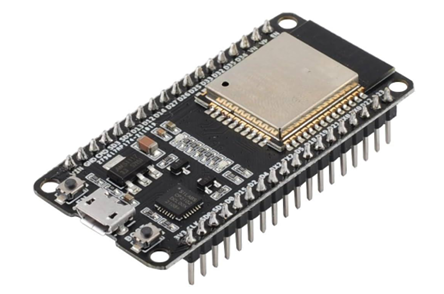
• Hosts a web interface for user registration and preference updates.
• Communicates with the TIVA C Series via UART.
• Receives power from the 5V rail and interacts with the TIVA and logs the data as well.
3. IR Sensor
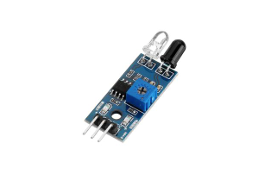
• Acts as a motion detection and wake-up sensor.
• Sends a wake-up GPIO signal to the TIVA C Series when it detects user presence.
4. TIVA C Series Microcontroller 
• Serves as the main controller, managing all other module through interrupts
• Communicates with:
• ESP32 via UART (for user data and logging).
• Laptop via UART (for debugging ).
• DS1307 RTC via I2C (for timekeeping for loggingh).
• LCD Panel for display output.
• Biometeric Sensor AS608 foruser authentication while registering,
• updating preference and driving as well.
5. AS608

• Used for:
• User authentication
• Registers the biometric info once the register user is sent from esp32
• Updates the users preferences once his name and biometric information match
• Regular fingerprint match triggers the leds and sends the log information to esp32 via TIVA
6. DS1307 RTC
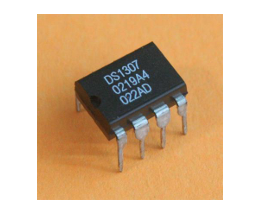
• Provides accurate real-time clock data.
• Communicates with the TIVA board using the I2C protocol.
• Ensures correct time is maintained for user login and automation timestamps.
7. LCD Panel
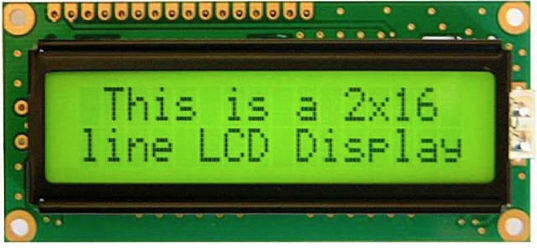
• Displays:
• Current date/time from the RTC.
• User preferences and system status.
• Controlled directly by the TIVA C Series microcontroller.
IV. Working Principle
♦ Presence-Based Automation (IR Sensor)
• Detects human movement within a defined range.
• Automatically turn on the microcontroller.
♦ Biometric Security (Fingerprint Sensor)
• Stores fingerprints of authorized users in memory.
• Lights up current users preference for RGB leds upon successful match.
♦ Send status to cloud (Wifi module)
• Sends the status of the transaction(success/failure) to App
• Forwards the parameters like LED colour by user upon successful authentication to Microcontroller while updating
• Registers the users biometric along with his preference for RGB leds
♦ LCD Panel displays the instructions
• Driven by Tiva whenever associated action instruction has to be displayed.
♦ RTC keeps track of time used for logging info in web browser. The time information is communicated to esp32 hosting the webpage on every action taken from esp32 side or TIVA side.
• Initial setup is done by ESP32 which accesses the pool.ntp.org to get the correct global time and then sends the info to TIVA to program the RTC through I2C.
V. Snippets from Demonstration

Fig1. Display of Sleep status of TIVA

Fig2. Display of Wakeup status of TIVA

Fig3. ESP32 start up code – Time fetch and server hosted on port 80

Fig3. Webpage hosted by ESP32 showing the logs and customizable LED colour section along with user name with act
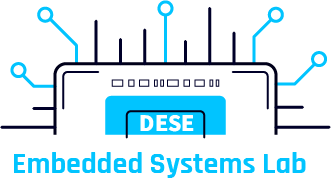
Recent Comments